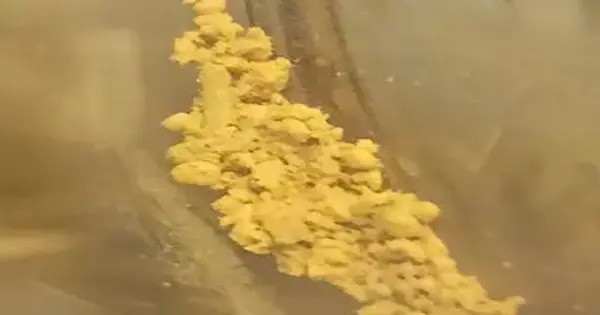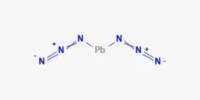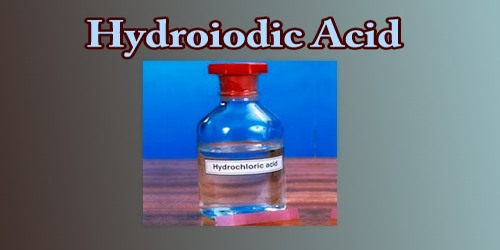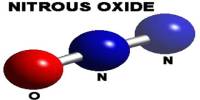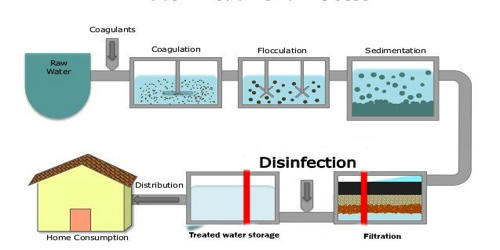Radium carbonate is a chemical compound of radium, carbon, and oxygen, having the chemical formula RaCO3. It is the radium salt of carbonic acid. It contains radium cations (Ra2+) and carbonate anions (CO2−3). It is one of a few radium compounds which has significantly different properties from corresponding barium compounds. This salt is a highly radioactive, amorphous, white powder that has potential applications in medicine.
Radium is a member of the alkaline earth metals group, and it is highly radioactive, with isotopes like radium-226 being notable for their use in radiotherapy and their environmental significance. Moreover, radium is the only alkaline-earth metal which forms disordered crystals in its carbonate phase. Even though radium carbonate has very low solubility in water, it is soluble in dilute mineral acids and concentrated ammonium carbonate.
Preparation
Radium carbonate can be produced by dissolving radium sulfate at elevated temperatures in concentrated sodium carbonate and subsequent removal of supernatant:
RaSO4(s) → Ra2+ + SO2−
4Ra2+ + CO2−3 → RaCO3(s)
Because of the very low solubility of RaCO3, it will form a white precipitate.
Properties
Radium carbonate typically appears as a white or off-white powder. It is slightly soluble in water, though much less so than other alkaline earth carbonates like calcium carbonate. It is radioactive due to the presence of radium, which decays over time by emitting alpha particles. This makes radium carbonate highly hazardous to handle without proper precautions.
- Chemical formula: RaCO3
- Molar mass: 286.0089 g/mol
- Appearance: white powder
- Solubility in water: 0.05 g/L (25 °C)
Reactions
Radium carbonate can be used to produce radium nitrate and other radium salts:
RaCO3 + 2 HNO3 → Ra(NO3)2 + H2O + CO2
Natural Occurrence
Radium is a rare element in the Earth’s crust, typically found in trace amounts in uranium and thorium ores. Radium carbonate can form as a product of radium’s decay in these ores, particularly from the decay of uranium-238. However, radium itself is not abundant and is usually found in very small concentrations in nature.
Extraction
Historically, radium was isolated from ores like pitchblende (now called uranopechblende) which contain uranium. The radium is then extracted by chemical processes and converted into compounds like radium carbonate. However, the use of radium as a source of radiation has declined significantly due to the discovery of safer and more controlled isotopes and radiation sources, such as cobalt-60.
Applications and Importance
- Historical Uses: Radium carbonate was used in the early 20th century in cancer treatment (radium therapy) and in luminous paints, particularly for watch dials, clocks, and instruments. However, due to its toxicity and radioactivity, it has been largely replaced by safer alternatives.
- Radioactive Source: Despite its historical uses, radium carbonate’s primary significance today is as a source of radium isotopes in scientific and medical applications.
Toxicity
Radium carbonate, like other radium compounds, is highly toxic due to its radiation. Exposure can lead to radiation sickness and an increased risk of cancer, especially from prolonged or high-level exposure to radon gas released during its decay.
